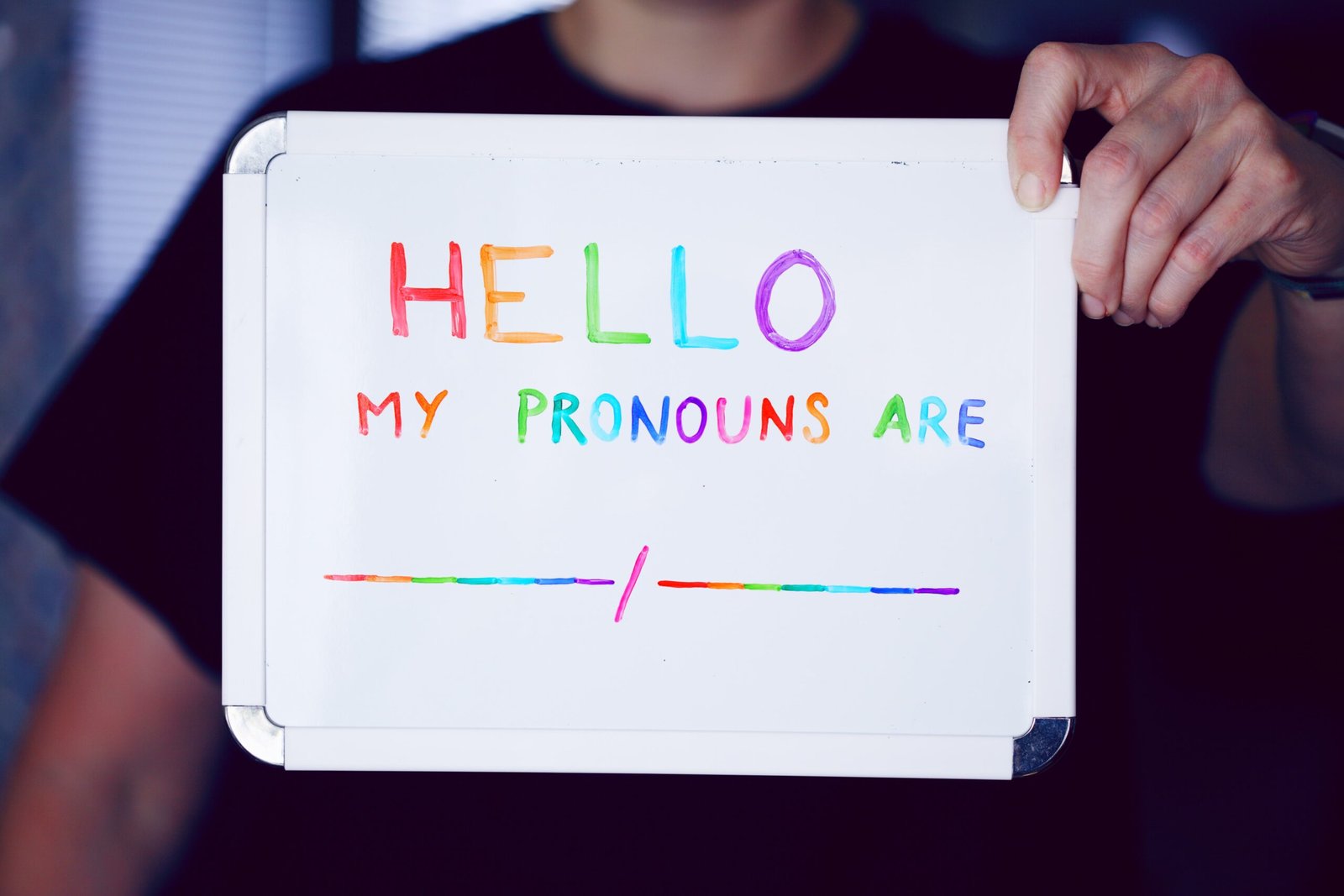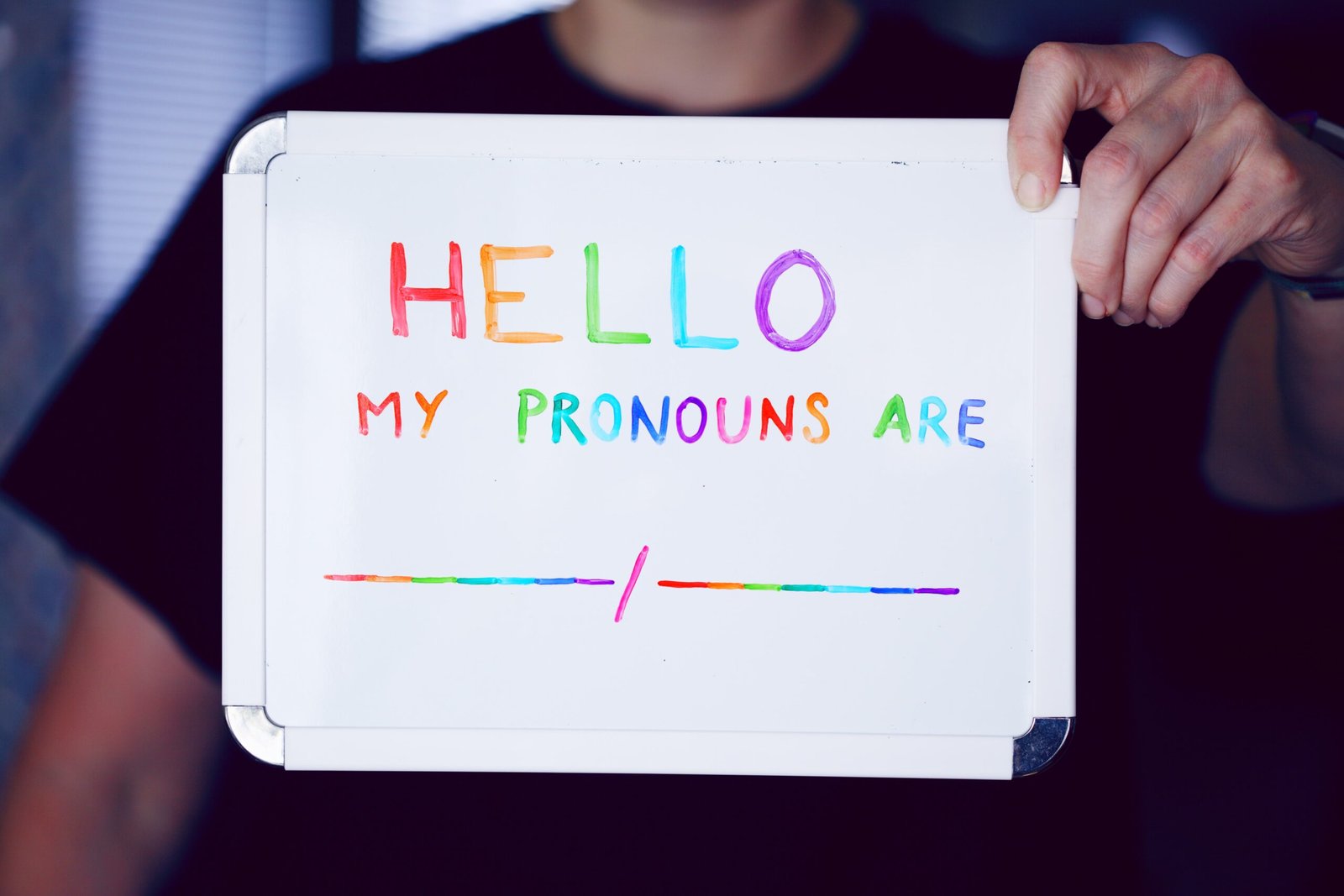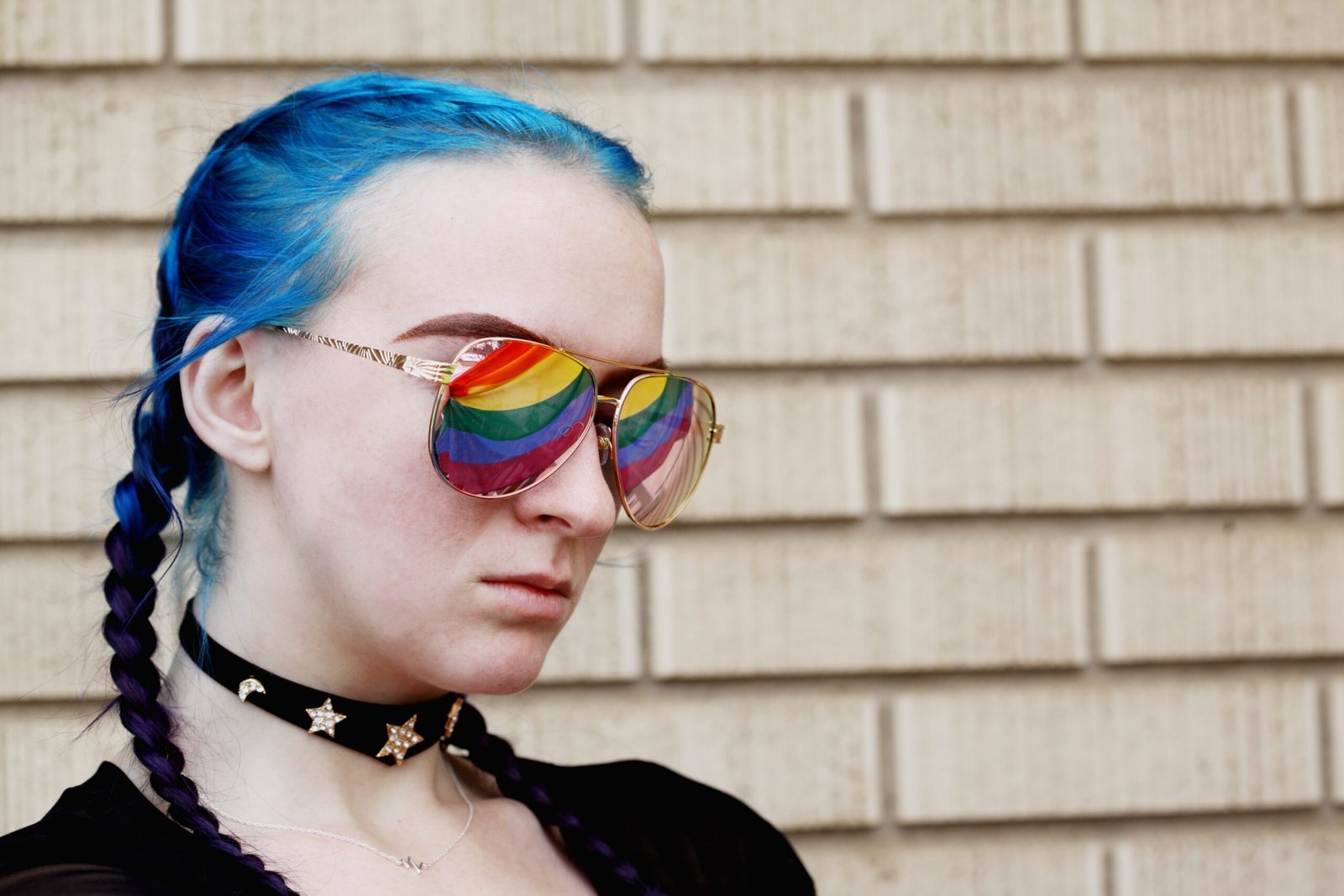All blog posts
Explore the world of design and learn how to create visually stunning artwork.
Sexuality and Relationships: Debunking Misconceptions About Transgender Individuals
November 9, 2023 | by oilfilters.com.au
Sexuality and Relationships: Debunking Misconceptions About Transgender Individuals
November 9, 2023 | by oilfilters.com.au
Understanding Transfeminine Identity and Sexuality
November 9, 2023 | by oilfilters.com.au
Stepping into Confidence: Stiletto Heels and Transfeminine Identity
November 9, 2023 | by oilfilters.com.au
 Photo by Alexander Grey on Unsplash
Photo by Alexander Grey on Unsplash 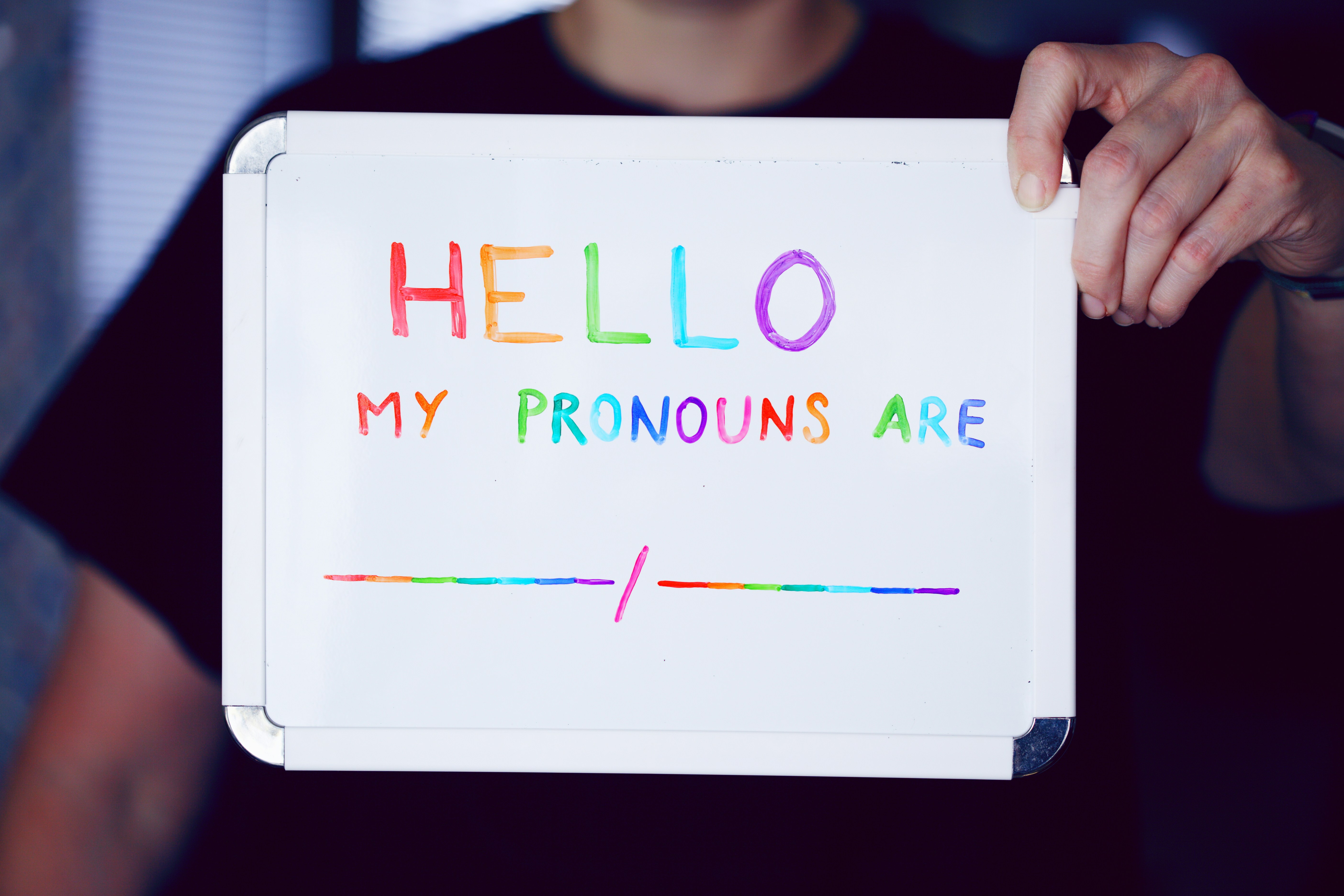 Photo by Alexander Grey on Unsplash
Photo by Alexander Grey on Unsplash Exploring Gender Identity: A Magazine for the Transgender Community
November 9, 2023 | by oilfilters.com.au
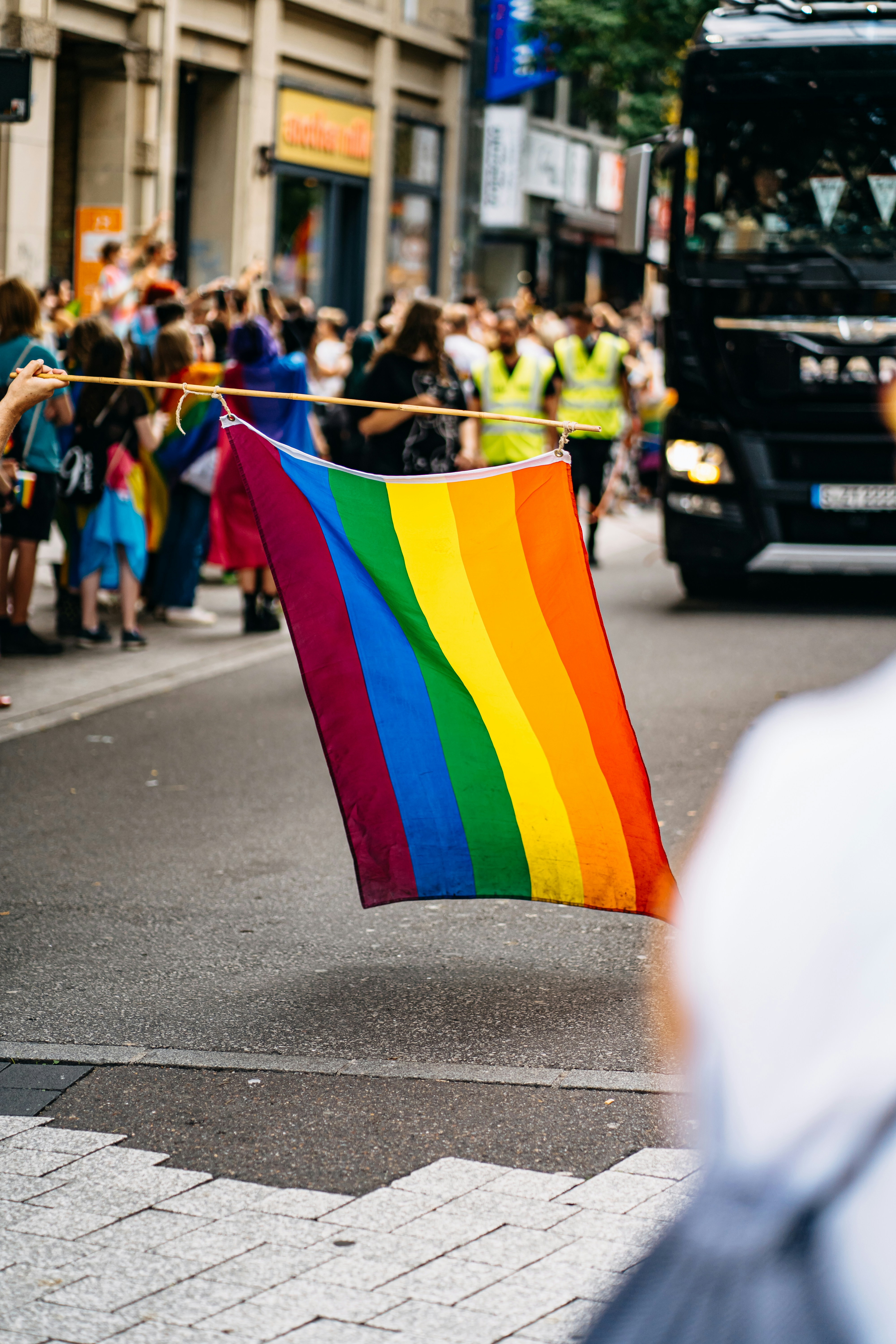 Photo by Raphael Renter | @raphi_rawr on Unsplash
Photo by Raphael Renter | @raphi_rawr on Unsplash  Photo by Sergey Vinogradov on Unsplash
Photo by Sergey Vinogradov on Unsplash Exploring the Transgender Community: A Magazine for All
November 9, 2023 | by oilfilters.com.au
Introduction
When it comes to understanding sexuality and relationships within the transgender community, there are often misconceptions and misunderstandings. It’s important to address these misconceptions to foster a more inclusive and accepting society. In this blog post, we will explore the intersection of sexual orientation and the transgender experience, debunking common myths along the way.
Understanding Transgender Identity
Before delving into the topic of sexuality, it’s crucial to have a basic understanding of transgender identity. Transgender individuals are people whose gender identity differs from the sex they were assigned at birth. Gender identity is a deeply-held sense of being male, female, or something else, while sexual orientation refers to an individual’s emotional, romantic, and sexual attraction to others.
Myth #1: All Transgender Individuals are Gay
One common misconception is that all transgender individuals are gay. This assumption stems from a misunderstanding of gender identity and sexual orientation. Gender identity and sexual orientation are separate aspects of a person’s identity. Transgender individuals can identify as straight, gay, lesbian, bisexual, or any other sexual orientation, just like cisgender individuals.
Myth #2: Transgender Women are Ladyboys
Another misconception is the use of the term “ladyboy” to describe transgender women. This term is often used in a derogatory manner and perpetuates stereotypes. It’s important to use respectful language when referring to transgender individuals, using their preferred pronouns and identities. Transgender women are women, and their gender identity should be respected.
Myth #3: Transgender Individuals are Confused
There is a misconception that transgender individuals are confused about their gender identity or are going through a phase. This belief undermines the experiences and struggles that transgender individuals face. Gender identity is a deeply personal and valid aspect of a person’s identity. It’s essential to listen to and validate transgender individuals’ experiences, rather than dismissing them as confusion.
Exploring Sexual Orientation
Now that we’ve debunked some common misconceptions about transgender individuals, let’s explore the intersection of sexual orientation within the transgender experience. Transgender individuals can have any sexual orientation, just like cisgender individuals. Some transgender individuals may identify as heterosexual, meaning they are attracted to individuals of the opposite gender. Others may identify as homosexual, meaning they are attracted to individuals of the same gender. Bisexuality, pansexuality, and asexual orientations are also present within the transgender community.
Conclusion
It’s crucial to debunk misconceptions about transgender individuals’ sexuality and relationships to create a more inclusive and accepting society. Gender identity and sexual orientation are separate aspects of a person’s identity, and it’s important to respect and validate the experiences of transgender individuals. By challenging stereotypes and promoting understanding, we can foster a more inclusive and supportive environment for everyone.
